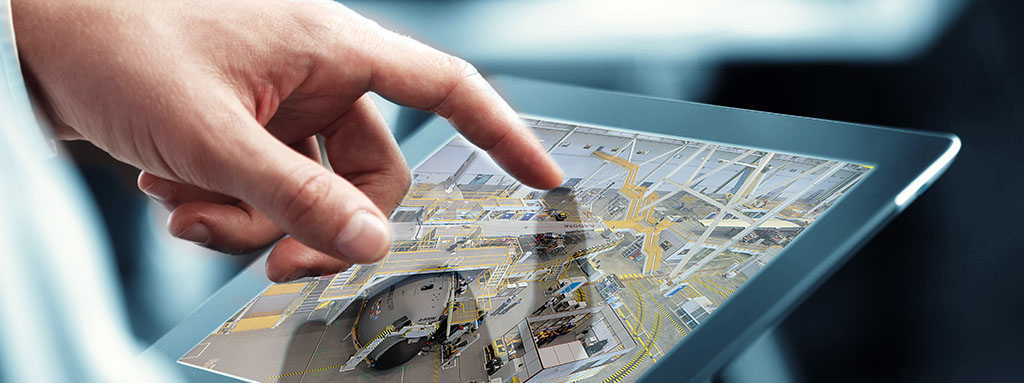The aeronautical sector is the paradigm for the most advanced technological industry. Or at least that is how the majority of people see it. And although it is true that this is a sector with almost constant innovation, there are still a large number of tasks that are done in a remarkably crafted way. One of the greatest challenges is, in fact, the appropriate use of the technology.
The virtual world and the real world are not separate, but rather they combine to align people, favouring communication, the transfer of information and collaboration.
Digital transformation refers to a change in the business models, whereby technology serves as an accelerator to improve the way in which companies develop their products and services.
Digital transformation does not simply refer to having technology, but rather to an understanding of how, when focused on the client, technology can help, both in terms of client acquisition as well as in the fulfilment of their expectations, allowing value to be added to the products and efficiency to the processes.
For digital transformation to be possible, people must be capable of understanding the technology and also making proactive use of it.
In this new model, the workload will also evolve, as there will be more tasks that require a greater intellectual effort; to control automatic processes, process information, interact with data display screens, etc., at the expense of predominantly physical work. This is why in this new productive model, it is important to encourage people to be motivated to use the technology and look for increasingly healthy work spaces on all levels.
The virtual world and the real world are not separate, but rather they combine to align people, favouring communication, the transfer of information and collaboration.
Companies are increasingly connected, generating and managing greater volumes of information. To help in these tasks, Information and Communication Technology tools have emerged, such as:
- ERP: for Enterprise Resource Planning. They integrate and centralise different productive and operational aspects.
- PLM: for Product Lifecycle Management. The focus is on the product, from its conception until it is discarded.
- SCM: for Supply Chain Management. It plans, executes and controls supply chain operations.
- CRM: for Client Relationship Management. It manages the relationship with clients.
- MES: For the optimization of Manufacturing Execution Systems. It manages and monitors plant production processes.
In compliance with ICT tools, efforts are made to make them increasingly:
- Friendly and intuitive
- Integrated into other systems
- Portable
- In real time
- Intelligent
We are in an increasingly digital environment, where in the domestic sector it is more and more common to search for information or make purchases via the Internet using mobile devices, such as smart phones or tablets. The services sector, where waiters take orders using tablets, or fast food chains, where orders are placed using touch screens. The industrial sector is already beginning to adapt itself to this new transformation, being able to foresee a digital future for industry in which organisations will have to encourage the development of these skills amongst their professionals.



